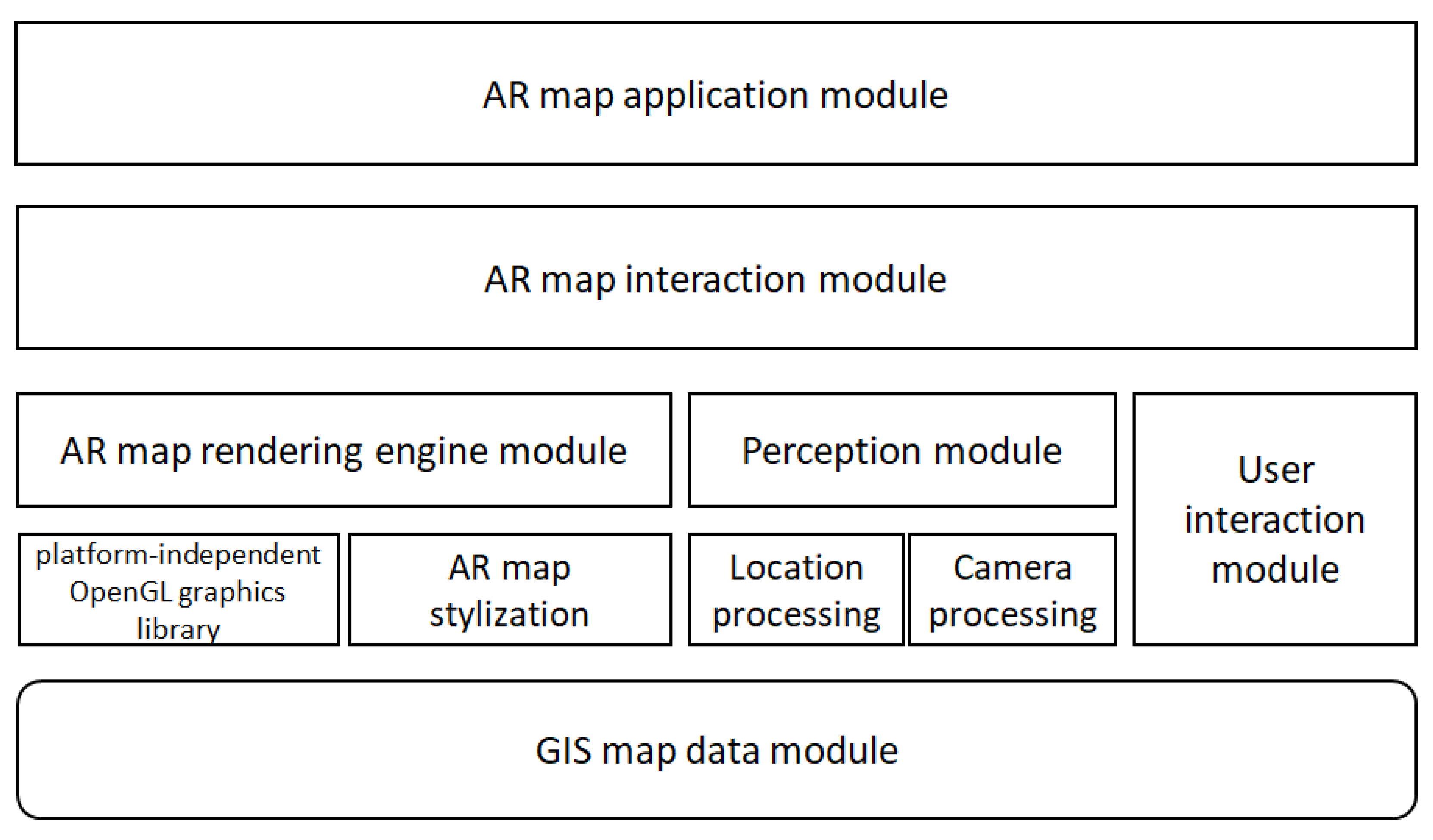

The shader change for that effect is not really necessary, and toggling so often is not optimal, but it creates some artificial load for the graphics api. Alongside the mode changes is a shader change, so that wireframe is unlit. When no global sorting (see later) is performed, it means we toggle between the two modes for every object.

solid with edges: triangles and edge outlines on top, using polygonoffset to push triangles back (lower image).solid: just triangles are drawn (upper image).Geometry is stored in multiple buffers for OpenGL, and only one in the Vulkan case (can be changed via USE_SINGLE_GEOMETRY_BUFFERS). One buffer stores all matrices, another all materials. When animation is activated, the matrices will be animated through a compute shader, resulting in a "explosion view" of the model. Typically an object uses just one Matrix for all parts. ObjectParts, that encode Material and Matrix assignment on a part-level. Objects, that reference Geometry and have corresponding GeometryParts, which reference a sub-range within index buffer, for either "edge" or "solid" surfaces Geometries: storing vertex and index information, and organized in Materials: just classic two-sided OpenGL phong material parameters TreeNodes: a tree consisting hierarchical information, mapping to Matrix indices Matrices: object transforms as well as concatenated world matrices The sample loads a cadscene file (csf), which is a inspired by CAD applications' data organization, just that for simplicity everything is stored in a single RAW file. An animation effect can also be activated to "explode" the model by modifying the matrices on the GPU. When cloning the model multiple times the scene complexity is increased, however the sample does not use instancing for this, but generates actual bindings/drawcalls for the new objects. Be aware that the GPU costs may appear higher than actual, when very CPU bound as discussed below in the performance section. The bar that extends the furthest is the primary bottle-neck. The top green bar represents GPU time, and the lower blue bar CPU time. The sample is a fork of the public cadscene OpenGL sample and introduces the usage of multiple CPU threads.īy default a performance graph is drawn that illustrates the relative costs of rendering. Having such low complexity per draw-call can very often result into being CPU bound. The content being rendered in the sample is a CAD model which is made of many parts that have few triangles. For Vulkan it is recommended to use the Vulkan stand-alone exe for Vulkan performance investigation and debugging.

There is also a cmake build option to remove the gl_vk_ exe and build the only the vk_ exe. has both GL and Vulkan within the same GL window using a NVIDIA extension, the vk_. Note This sample currently builds two executables: gl_vk_.

It does make use of NVIDIA specific extensions to use Vulkan within an OpenGL context and display a Vulkan image. The "threaded cadscene" sample allows comparing various rendering approaches using core OpenGL, extended OpenGL via bindless graphics and NV_command_list as well as Vulkan. Vulkan & OpenGL Threaded CAD Scene Sample


 0 kommentar(er)
0 kommentar(er)
